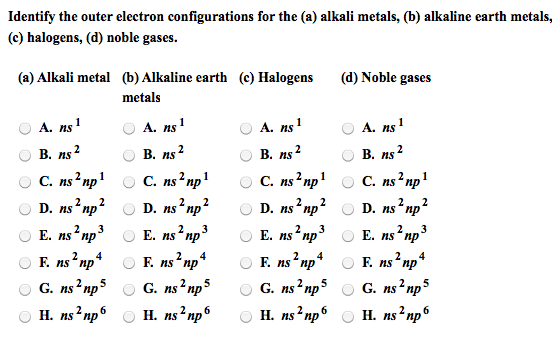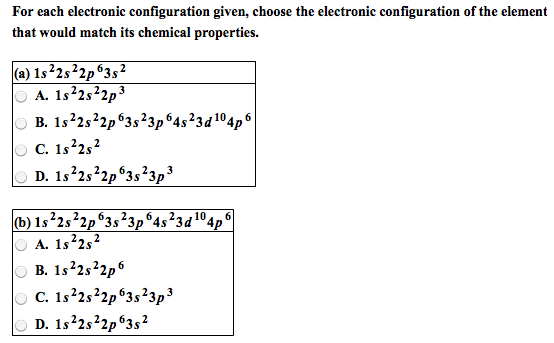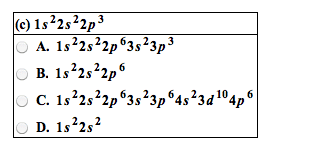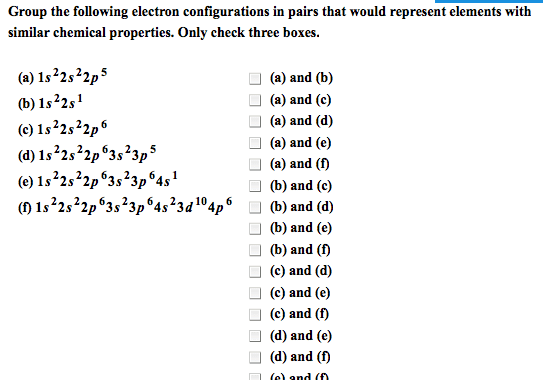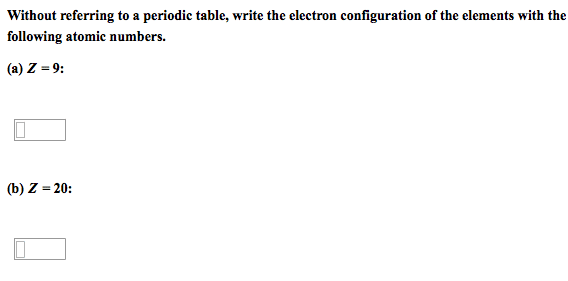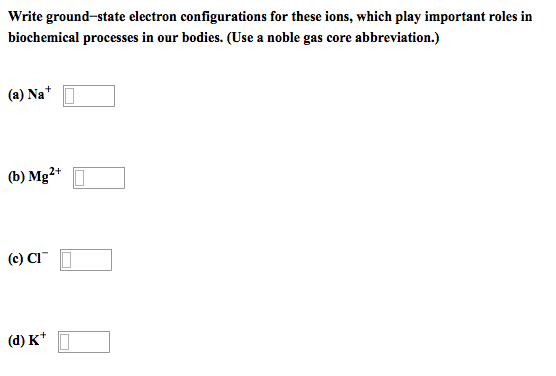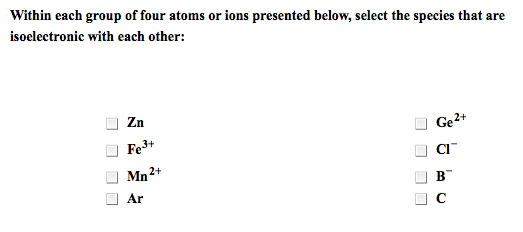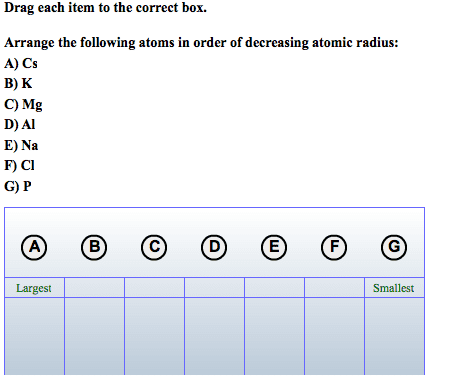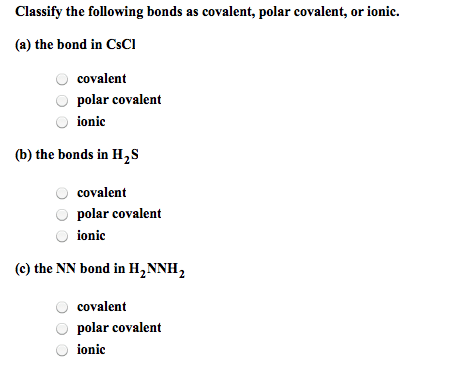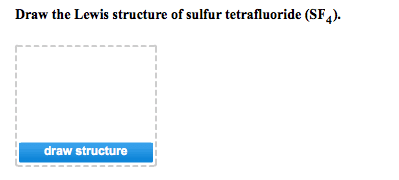CHM1022 Lecture Notes - Lecture 7: Coordination Complex, Ionization Energy, Transition Metal
52 views11 pages
13 Oct 2018
School
Department
Course
Professor
Document Summary
The elements from group 3 to group 12 are collectively known as the transition metal or d-block elements . The properties of these elements often follow a set trend within the d-block and within each group, such as the ground state electronic configuration. They exist in low (1+, 2+) and high (3+ to 7+ or higher) oxidation states. The low oxidation states are more reminiscent of related elements in the s and p-blocks. However, the high oxidation states are much more interesting due to the coordination chemistry. Coordination chemistry is the study of compounds formed between metal ions and other neutral or negatively charged molecules transition elements are metals. Transition metals often form coloured compoundsdue to their electronic configuration and can be paramagnetic (attracted to a magnet)-- due to the presence of unpaired electrons and is the reason why metals are attached to external magnetic sources. The d-electrons of these transition metal causes the bright colours often observed.
Get access
Grade+20% off
$8 USD/m$10 USD/m
Billed $96 USD annually

Homework Help
Study Guides
Textbook Solutions
Class Notes
Textbook Notes
Booster Class
40 Verified Answers
Class+
$8 USD/m
Billed $96 USD annually

Homework Help
Study Guides
Textbook Solutions
Class Notes
Textbook Notes
Booster Class
30 Verified Answers
